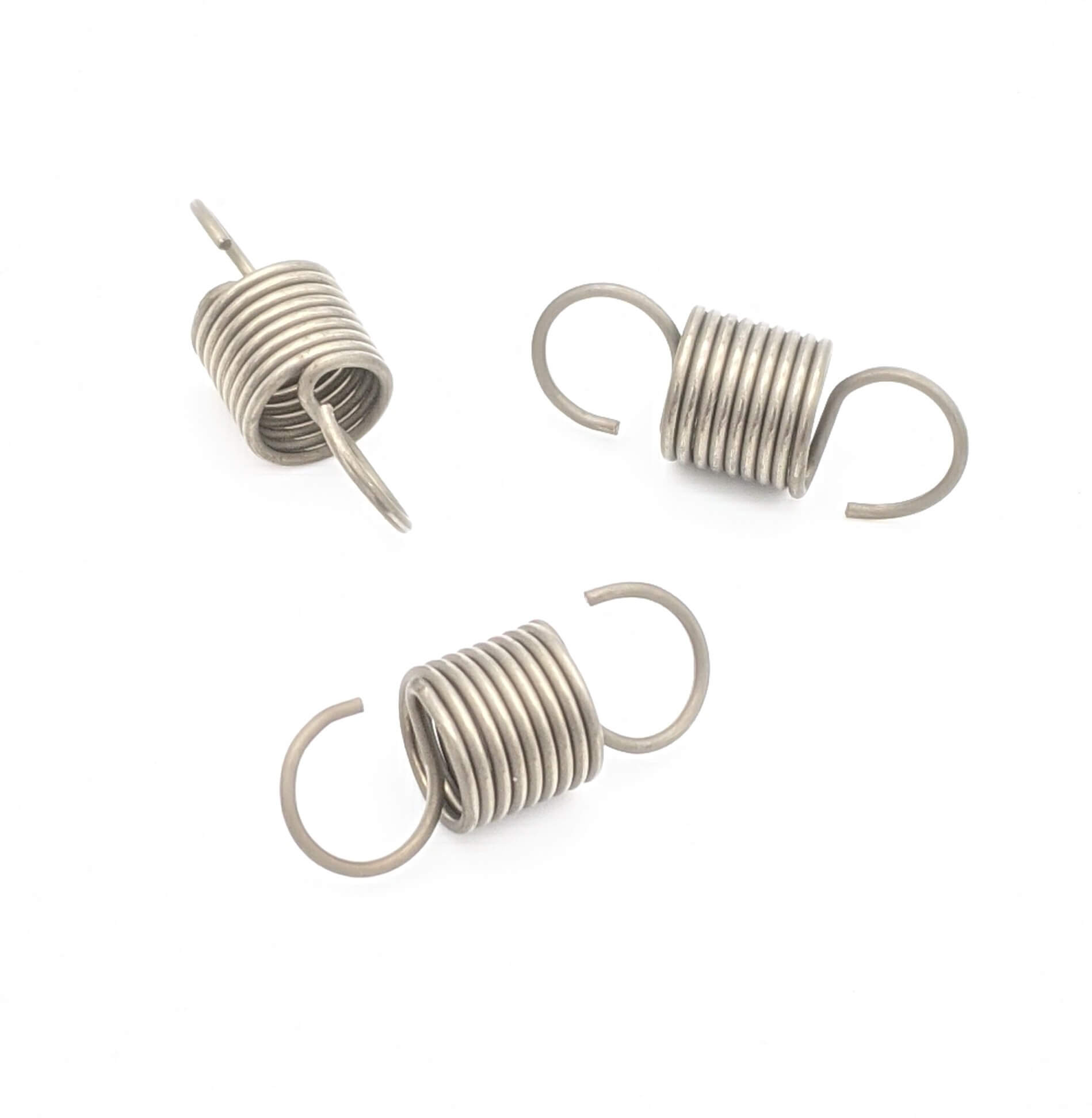Get unique, complex parts easily. No matter your requirements, Chaoyi Spring creates hard-to-produce coil springs and wire forms.
Let us help you create the custom wire form you need, from S-hooks and J-hooks to utility hooks and more.
We work closely with customers across a wide range of industries, helping them design and manufacture made-to-order parts.
Why choose Chaoyi Spring? We prioritize customer-focused collaboration, modern equipment and the latest technology to make your parts per print.
Find the information and guidance you need, from measuring a spring to learning about materials, placing an order and much more.
Compression springs, those ubiquitous coiled metal wonders, are often overlooked despite playing a vital role in countless mechanical systems. From the simple act of closing a pen to the complex


Compression springs, those ubiquitous coiled metal wonders, are often overlooked despite playing a vital role in countless mechanical systems. From the simple act of closing a pen to the complex workings of a car engine, compression springs provide essential force and motion control. In this article, we delve into the world of compression springs, exploring their fundamental principles, diverse applications, and the factors that influence their performance.

At their core, compression springs are helical coils of wire designed to store mechanical energy when compressed and release it upon decompression. This ability to absorb and release energy makes them invaluable components in a myriad of applications. The fundamental principle behind their operation lies in Hooke's Law, which states that the force exerted by a spring is directly proportional to its displacement from its equilibrium position. This relationship, expressed as F = kx, where F is the force, k is the spring constant, and x is the displacement, governs the behavior of compression springs.
A typical compression spring consists of a few key components that work together to achieve its intended function. These components include:
The versatility of compression springs shines through in their diverse applications across various industries. From the mundane to the extraordinary, compression springs contribute to the functionality of countless devices and systems. Here are just a few examples:
The performance of a compression spring is influenced by several key factors that must be carefully considered during design and selection. These factors include:
While the fundamental principles discussed above provide a solid understanding of compression springs, the world of springs extends beyond the basics. Advanced concepts include:
Choosing the right compression spring for a specific application requires careful consideration of the application's requirements and the available spring options. Factors to consider include:
For complex applications, consulting with a spring design engineer can be highly beneficial. Engineers can provide expert guidance on spring selection, design, and manufacturing, ensuring that the spring meets the application's specific needs.
Compression springs, despite their often-unnoticed presence, are the unsung heroes of mechanical systems. Their ability to store and release energy, provide force control, and absorb shocks makes them essential components in a wide range of applications. Understanding the fundamentals of compression springs, the factors influencing their performance, and the available design options enables engineers and designers to leverage these versatile components to create innovative and reliable mechanical systems.
Browse some of the custom wire forms and springs that we manufacture. Don’t see what you need? We specialize in made-to-order products that meet your application requirements.
Visit Our GalleryNeed a custom wire form or coil spring? We make it work. Fill out the contact form and a representative will respond within 1 business day. If you have a PDF or CAD file, you can submit to request a quote.